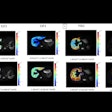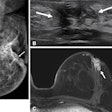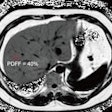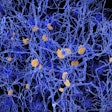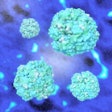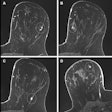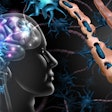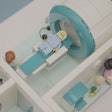Thursday, December 4 | 11:40 a.m.-11:50 a.m. | SSQ14-08 | Room N229
Researchers at the University of Washington Medical Center have endorsed volumetric MRI brain analysis as an effective way to characterize neurodegenerative disease using a shortened imaging sequence.Currently, automated segmentation software requires a 1.2-mm3 voxel, 3D MRI inversion recovery turbo field-echo (IR-TFE) sequence that takes approximately nine minutes, which can result in patient motion with this cognitively impaired population.
Dr. Yoshimi Anzai, a professor and director of neuroradiology, and colleagues have developed an IR-TFE sequence that takes only five minutes. For the study, they tested it and compared it with recommended sequences from the Alzheimer's Disease Neuroimaging Initiative.
All MRI data were obtained on a 3-tesla, wide-bore, whole-body scanner, with the volumes of 12 brain structures automatically segmented on each side of the head for a total of 24 structures per subject.
By applying a sensitivity encoding (SENSE) protocol and increasing the slice-oversampling factor by 10%, the group was able to reduce the scan time by 45%, from nine minutes to five minutes. Even with the adjustments, the brain structure volumes were very similar between the nine-minute and five-minute scans.
"The potential clinical benefits are to gain clinically relevant quantitative information in a reduced scan time," Anzai said. "This will be beneficial to patients, as they can complete an MRI study in a shorter scan time. This will also improve efficiency of MR operation. If the amount of information is the same, the shorter scan time is better."
The technique can be implemented in clinical practice for memory-impaired patients who might benefit from quantitative brain imaging, according to the researchers.
"The quantitative brain volume analysis could be additional relevant information for patients with cognitive decline, as well as epilepsy, where a conventional MRI diagnosis is equivocal or inconclusive," Anzai added.
The group plans to continue the research to determine how precise the technique can be, to analyze potential measurement errors, and to discern how quantitative measurements can affect clinical diagnosis or management of these patients.


.fFmgij6Hin.png?auto=compress%2Cformat&fit=crop&h=100&q=70&w=100)
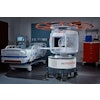
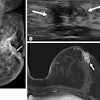

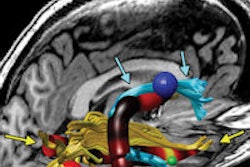
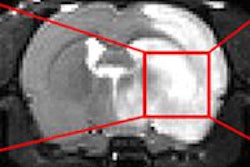
.fFmgij6Hin.png?auto=compress%2Cformat&fit=crop&h=167&q=70&w=250)

